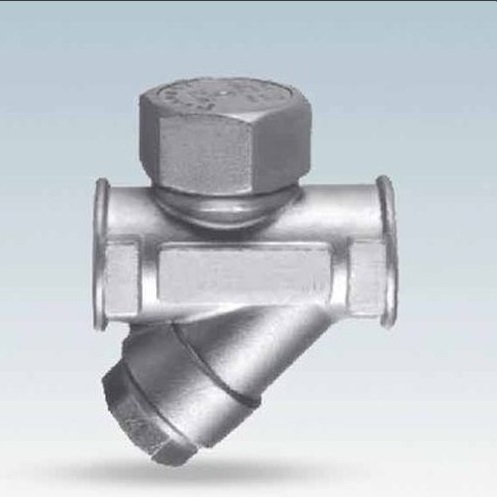
Steam traps are often overlooked yet critical components in steam systems, playing a pivotal role in maintaining efficiency and preventing energy loss. In this comprehensive guide, we delve into the intricacies of steam traps, their functions, types, maintenance, and the importance of choosing the right steam trap for optimal performance. Whether you’re a seasoned engineer or new to steam systems, understanding steam traps is essential for maximizing efficiency and reducing operational costs.
Steam traps are automatic valves used to discharge condensate, air, and non-condensable gases from steam systems while preventing the escape of steam. They ensure the efficient operation of steam equipment by removing unwanted substances that can hinder performance. Steam traps come in various types, each suited for specific applications and operating conditions.
The primary function of steam traps is to discharge condensate, which forms when steam loses heat energy and condenses into water. Additionally, steam traps remove air and other gases that can accumulate in steam systems, impairing heat transfer and causing equipment damage. By maintaining the proper condensate level, steam traps help optimize steam system performance, ensuring smooth operation and energy efficiency.
There are several types of steam traps, including mechanical, thermostatic, and thermodynamic traps. Mechanical traps, such as float and inverted bucket traps, operate based on the density difference between steam and condensate. Thermostatic traps, like bimetallic and thermostatic disc traps, respond to temperature changes to discharge condensate. Thermodynamic traps use the dynamic properties of steam to open and close, making them suitable for high-pressure applications.
Selecting the appropriate steam trap is crucial for maximizing efficiency and minimizing operational costs. Factors to consider include the steam system’s operating pressure, temperature, flow rate, and the specific requirements of the application. Consulting with steam system experts and conducting thorough assessments can help identify the most suitable steam trap for optimal performance and reliability.
Efficient steam traps offer numerous benefits, including energy savings, reduced maintenance costs, and extended equipment lifespan. By effectively removing condensate and air from steam systems, steam traps help prevent water hammer, corrosion, and equipment damage. Additionally, efficient steam traps contribute to a safer working environment by eliminating steam leaks and reducing the risk of accidents.
Proper maintenance is essential for ensuring the continued performance and reliability of steam traps. Regular inspections, testing, and servicing help identify and address issues before they escalate, minimizing downtime and costly repairs. Maintenance tasks may include cleaning, repairing leaks, and replacing worn components to keep steam traps operating at peak efficiency.
Despite their importance, steam traps can experience various issues that affect their performance. Common problems include steam leakage, improper installation, and mechanical failures due to wear and tear. Addressing these issues promptly through routine maintenance and repairs is crucial for preventing energy loss and optimizing steam system efficiency.
Steam traps play a vital role in maintaining the efficiency and reliability of steam systems. By effectively removing condensate, air, and non-condensable gases, steam traps help optimize heat transfer, reduce energy consumption, and prolong equipment lifespan. When it comes to steam traps, choosing the right type and conducting regular maintenance are key to maximizing performance and minimizing operational costs. For expert steam trap solutions and services, trust Perfect Engineering Services to keep your steam systems running smoothly and efficiently.






